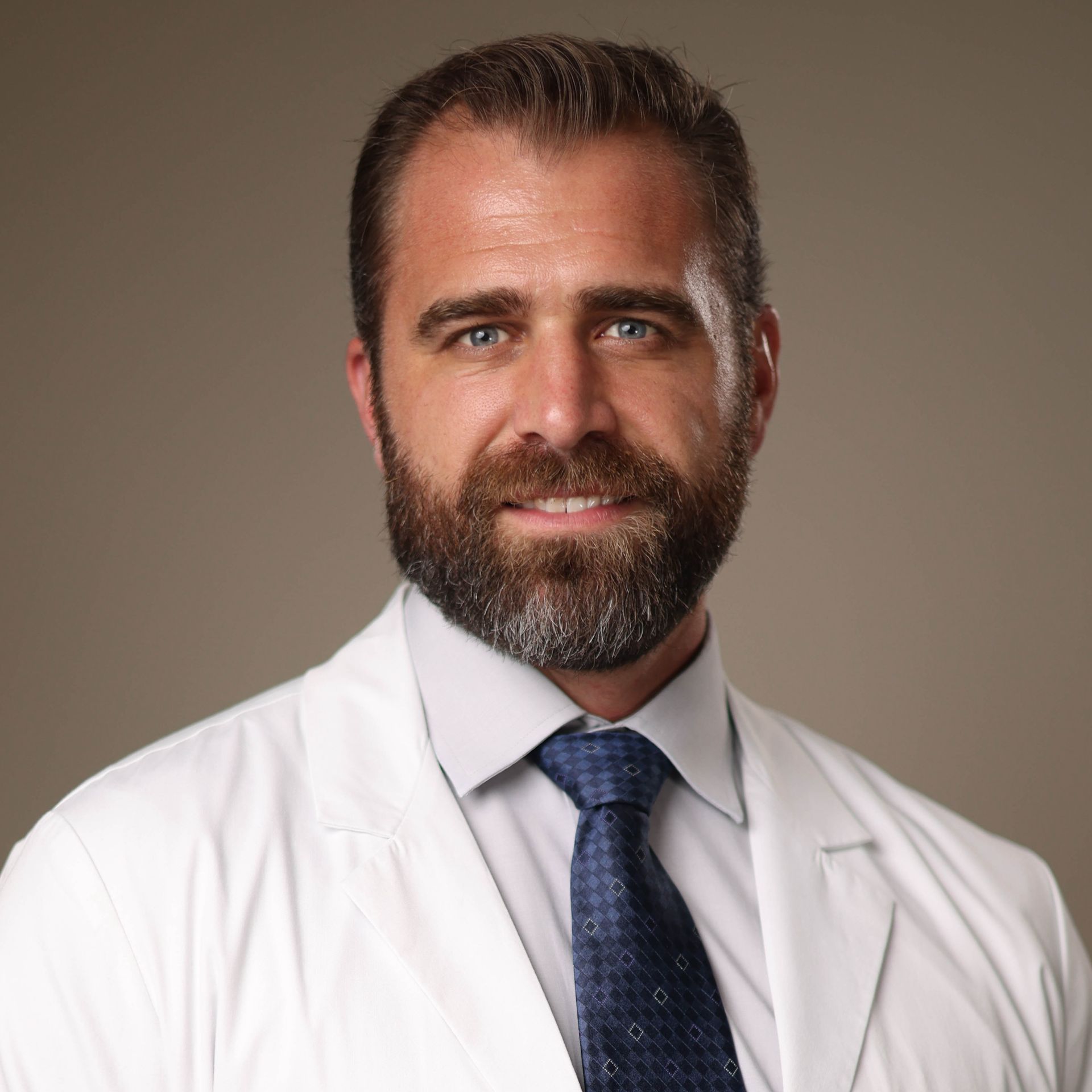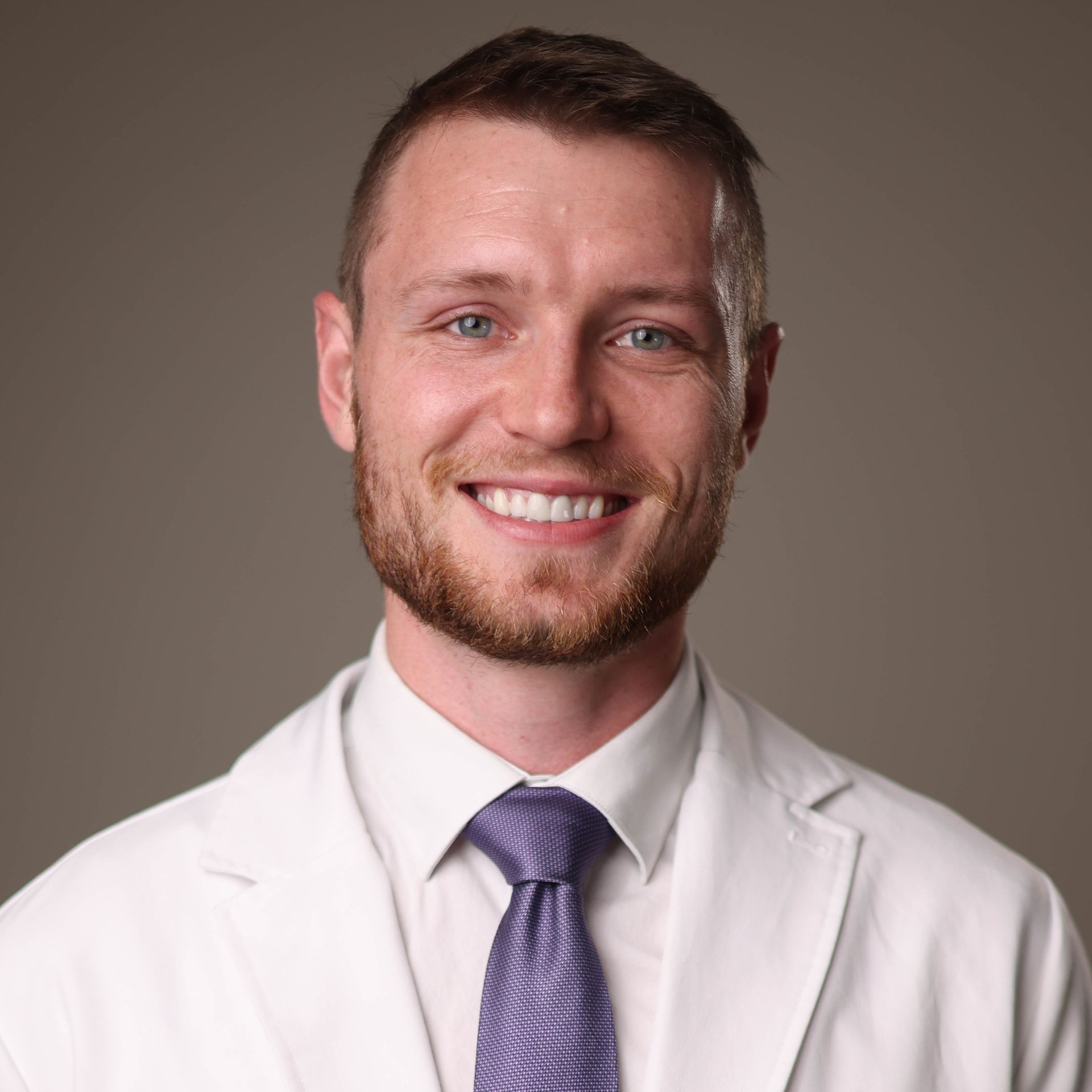Trigeminal Neuralgia
Non-Surgical Hope for the "Suicide Disease"
Restoring Hope by Understanding Roots
If you have trigeminal neuralgia, you know it. Shocking pain. Constant pain. Incapacitating jolts. And a very lonely life around people who don’t understand it. But there is long-term hope. In fact, most of the hope for resolution comes from understanding the deeper roots of this condition.
Traditional treatments include medications, surgeries like microvascular decompression, and procedures such as gamma knife radiosurgery. However, these interventions may not produce lasting relief for all patients. More aggressive surgeries can sometimes leave you scarred without relief. Even in support groups, stories abound of failed interventions or short-term improvements.
The key to meaningful relief is understanding the entire pathway of the trigeminal nerve. By tracing the problem to its origins, it’s possible to improve the health of the nerve and reduce pain—sometimes without directly touching the nerve tract at all.
The Trigeminal Nucleus
The trigeminal nerve is one of the most sensitive nerves in the body, responsible for pain sensations across the entire face. It has three main branches:
- Ophthalmic nerve (forehead)
- Maxillary nerve (cheek)
- Mandibular nerve (jaw)
As these branches are traced back, they converge into the trigeminal ganglion, which ultimately connects to the trigeminal nucleus located in the lower part of the brainstem. This critical area is cradled inside the cranio-cervical junction, which includes the atlas (C1) and axis (C2) bones.
Many cases of trigeminal neuralgia begin with irritation to the trigeminal nucleus in the upper cervical spine, where misalignments can compress or irritate the nerve pathways. When the nerve is irritated at this deeper level, it can cause referred pain along the nerve branches, creating symptoms like lightning shocks in the face. Everyday activities such as reading, talking, or even feeling a light breeze can activate the pain pathway, escalating the discomfort into unbearable electric-like shocks.
Misalignments in the cranio-cervical junction can result from:
- Falls
- Whiplash injuries
- Hits to the head
- Concussions or mild traumatic brain injuries
- Prolonged improper neck positioning
These injuries often start the irritation process, but the resulting referred pain into the trigeminal nerve may not present for years, making the condition feel like it came out of nowhere. Addressing the irritation at its source—the trigeminal nucleus—requires a root-cause-oriented approach, as treatments targeting the nerve branches alone often provide limited or temporary relief.
A Precision Approach at the Neck
At Cerebral Chiropractic, we’ve achieved consistent success in helping patients with trigeminal neuralgia through the Advanced Orthogonal Technique. This specialized form of Upper Cervical Care is designed to correct misalignments in the upper cervical spine with unparalleled precision.
How It Works:
- Precise Evaluation: Using advanced imaging, our doctors analyze the alignment of the cranio-cervical junction to identify nerve interference. Every adjustment is carefully calculated to restore proper alignment.
- Gentle Correction: The Advanced Orthogonal Technique uses a percussive sound wave instrument to gently realign the bones of the upper neck. Patients lie on their side on a specialized adjusting table while the instrument delivers a precise, single impulse to shift the bones back into alignment—without twisting, cracking, or popping.
- Lasting Relief: By addressing the root cause of irritation in the trigeminal nucleus, this approach reduces nerve irritation, normalizes the nerve pathway, and alleviates pain.
Unlike invasive treatments like gamma knife surgery or microvascular decompression, this non-invasive technique focuses on resolving the issue at its source for many patients. While some patients experience rapid relief, it is more common to require several adjustments to stabilize the upper cervical spine and maintain proper alignment. The ultimate goal is to create long-term stability for sustained relief.
Patients Share Their Experiences
It’s one thing to explain this care from a technical perspective, but the true impact is best expressed by patients who have experienced relief firsthand.
Changed my quality of life from 10% to 95%
"My trigeminal neuralgia was making my day-to-day life miserable with shocks of pain behind my left eye, with some shocks worse than others. A friend who runs a therapy group for trigeminal neuralgia recommended this office above all other upper cervical chiropractic clinics. With the treatment I receive from Dr. Chris, it has changed my quality of life from 10% to 95%, and I can reduce my prescription medication to half. I have been a Dr. Chris patient for 6 years, and I hope to continue my chiropractic journey, so my trigeminal neuralgia will remain under control."
– Ronald Younger
Improved strength and less pain
"When I first came to see Dr. Chris, I had facial bone pain, TMJ pain, and a variety of symptoms including hearing loss. A dentist who specializes in trigeminal neuralgia referred me to Dr. Chris. Since starting upper cervical care, I have less pain, and my overall symptoms have reduced. I exercise regularly, and since I started care, I’ve even gotten stronger without additional workouts. I hope to continue care until I reach a point of no symptoms and improved posture."
– Cynthia Bean
Lasting Relief for Trigeminal Neuralgia
If you’re seeking lasting relief from trigeminal neuralgia, want to address the root cause of the condition, and prefer to avoid invasive procedures, Cerebral Chiropractic Center is here to help.
Our doctors begin every case with a thorough analysis to understand your unique condition. From there, we’ll develop a personalized care plan tailored to your needs. With the Advanced Orthogonal Technique, you can find hope for meaningful, long-term relief from trigeminal neuralgia.
Call (727) 677-0001 or click the button below to schedule your consultation. Sit down with one of our doctors. Let us hear your story. Let us help you find relief.
References
- Mayo Clinic. "Migraine: Symptoms and Causes." Accessed January 2025. https://www.mayoclinic.org/diseases-conditions/migraine-headache/symptoms-causes/syc-20360201.
Related Articles


Our Doctors
Experts in Spinal and Neurological Care
Dr. Chris Slininger, DC, DCCJP
Craniocervical Specialist
Dr. Slininger focuses heavily on complex neurological conditions and advanced spinal challenges such as headaches, migraines, dizziness, vertigo, concussion, mTBI and more.
Dr. Ethan Surprenant, DC
Upper Cervical Chiropractor
Dr. Surprenant specializes in innovative, non-invasive Upper Cervical Chiropractic Care, uniquely addressing complex neurological conditions like dysautonomia, migraines, headaches, cranio-cervical syndrome, to restore lasting neurological health.



